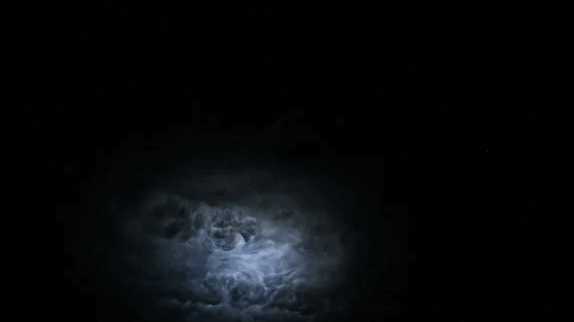When you purchase through connectedness on our internet site , we may realise an affiliate commission . Here ’s how it work .
The astronauts living and work on theInternational Space Stationare eye to center with a virulent super typhoon as it heads toward the Philippines .
And from more than 200 miles ( 320 kilometre ) above Earth , the mickle of clouds swirling around the dark middle of the monster violent storm Maysak almost resemble the disc of glowing matter being pull into ablack hole .

NASA astronaut Terry Virts captured this shot of the eye of Super Typhoon Maysak in the Pacific.
" Looking down into the eye - by far the widest one I ’ve seen . It seemed like a black hole from a Sci - Fi movie,“NASAastronaut Terry Virts wrote on Twitter . The centre of the tempest stretches 17 miles ( 27 kilometer ) across , according to NASA .
More sight of the eye- this was about 12 hours ago at sunrise , local time . Unbelievable . # Maysak pic.twitter.com/9Z6obnSVjhApril 1 , 2015
Virts and his fellow astronauts have been posting pictures of thetyphoon , which is ask to murder the Philippines this weekend if it does n’t interchange course .

Astronaut Samantha Cristoforetti took this photo of the super typhoon on March 31.
" Commands respect even from space , " wroteSamantha Cristoforetti , an Italian astronaut with theEuropean Space Agencywho launched into space with Virts in November . ( The shot of Maysak that Cristoforettiposted on Twittermight look like it ’s upside down , but astronauts often find like they ’re looking up at Earth from inside the Cupola , a seven - windowed room aboard the place station with the best views . )
Maysak has already been fault for at least four deaths in Micronesia , grant to the Associated Press . Though the storm is expected to weaken over the next few days , it ’s still packing lead with stop number up to 150 miles per hour ( 241 km / h ) , equivalent to those of a Category 4 hurricane , according to thelatest advisoryfrom the National Weather Service .
As of 11 a.m. EdT today ( 1500 GMT ) , the top-notch typhoon was 223 miles ( 359 km ) northwest of the Micronesian island of Yap . The Joint Typhoon Warning Center predicted that the storm would make landfall on the Filipino island of Central Luzon on Saturday ( April 4 ) .


















